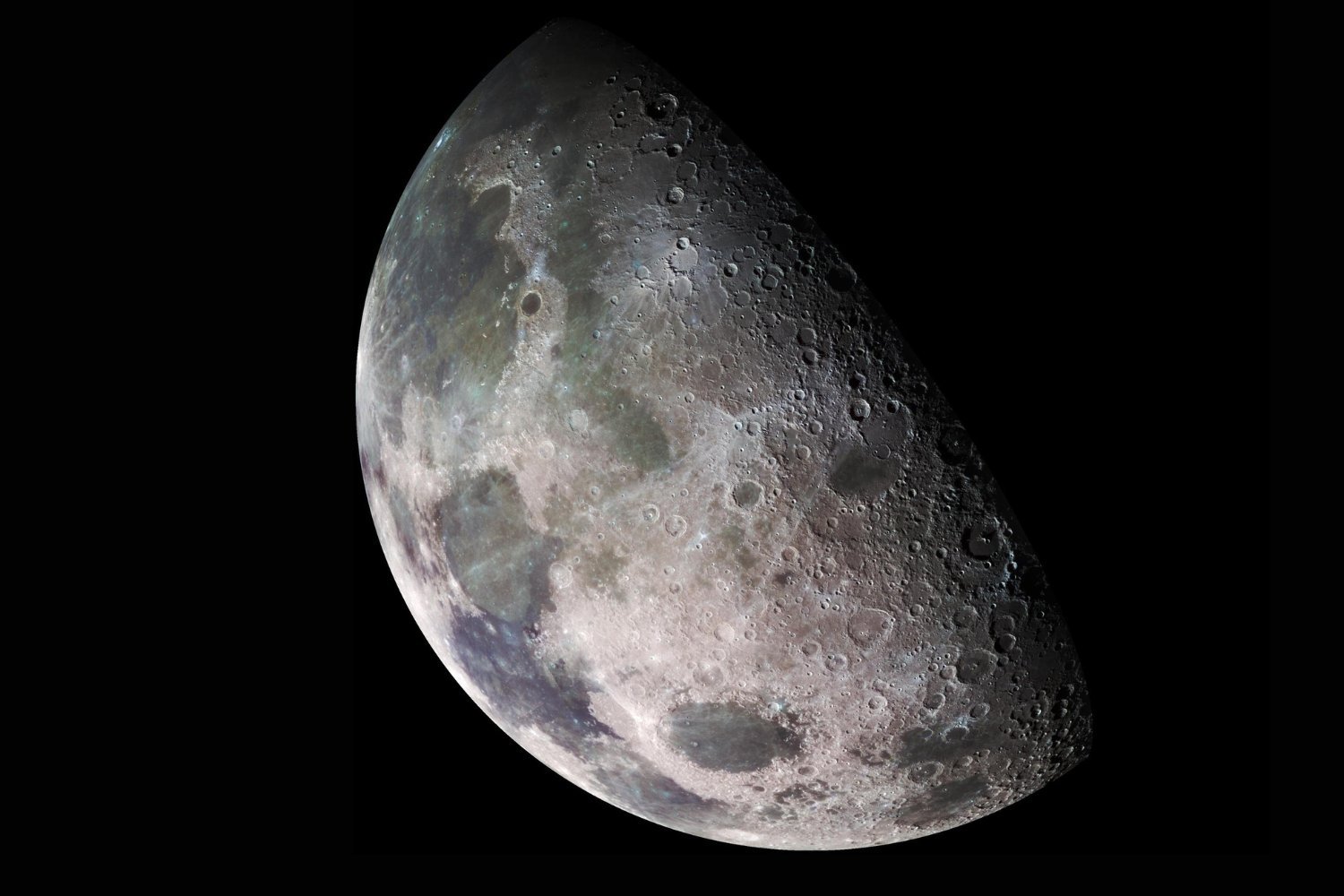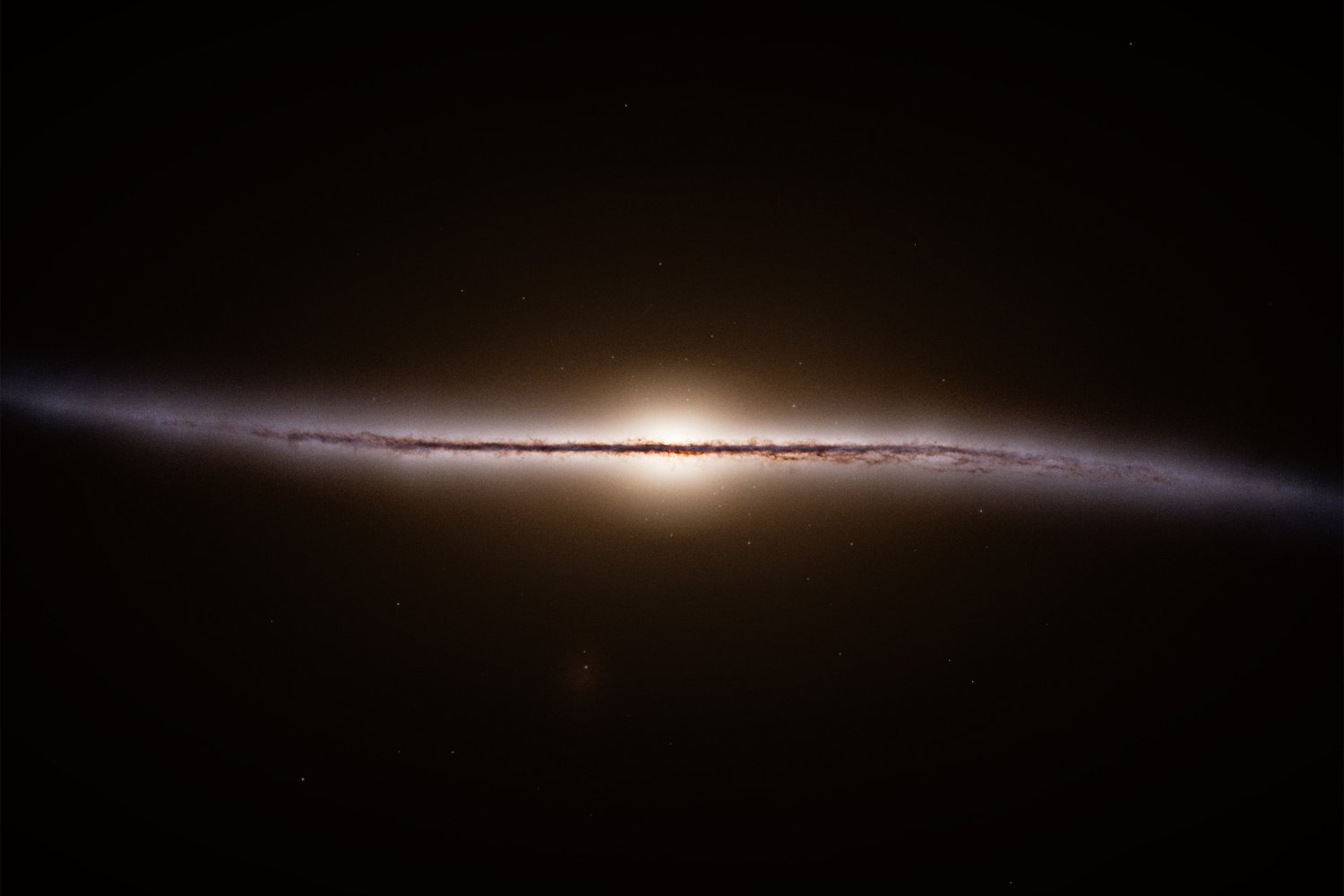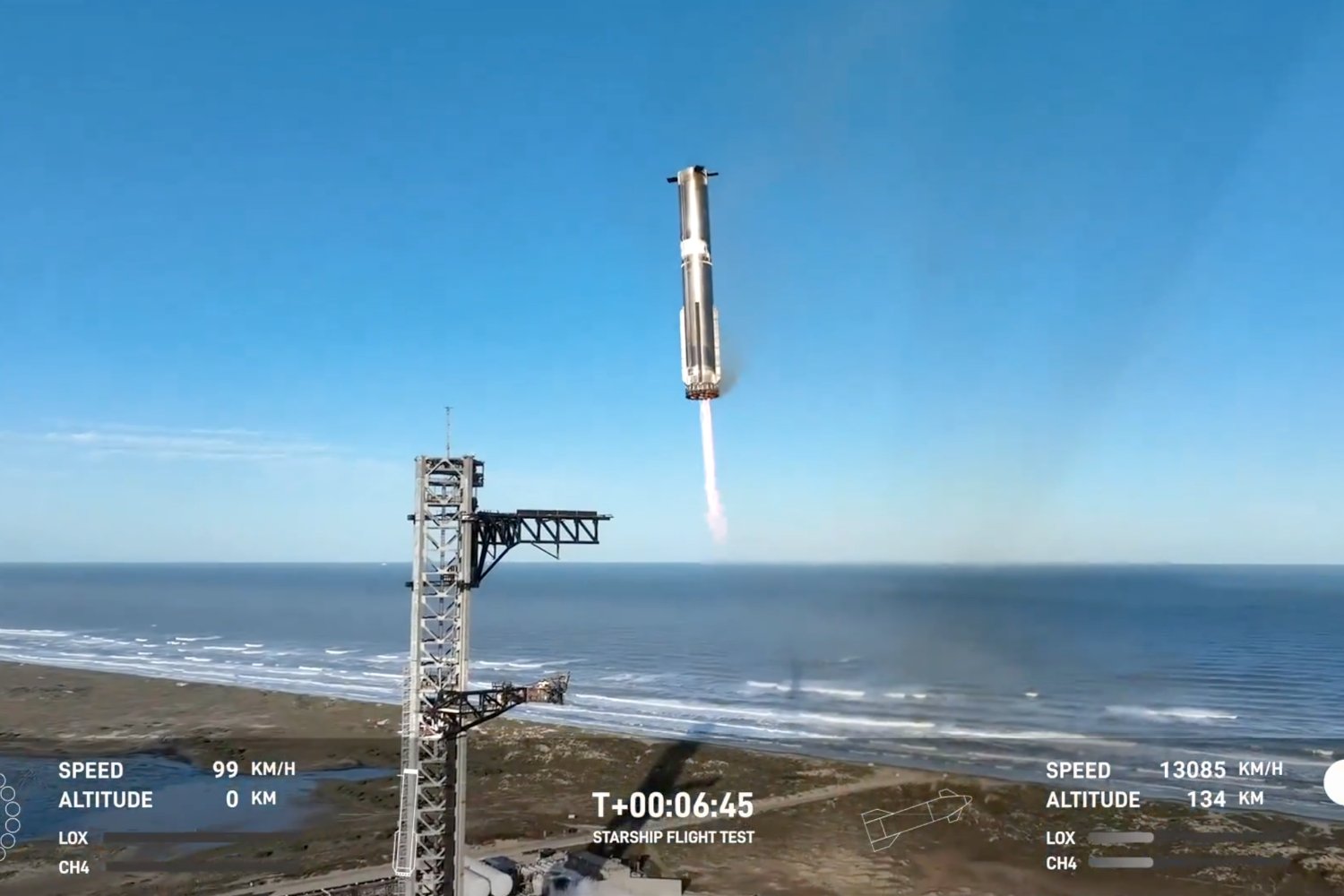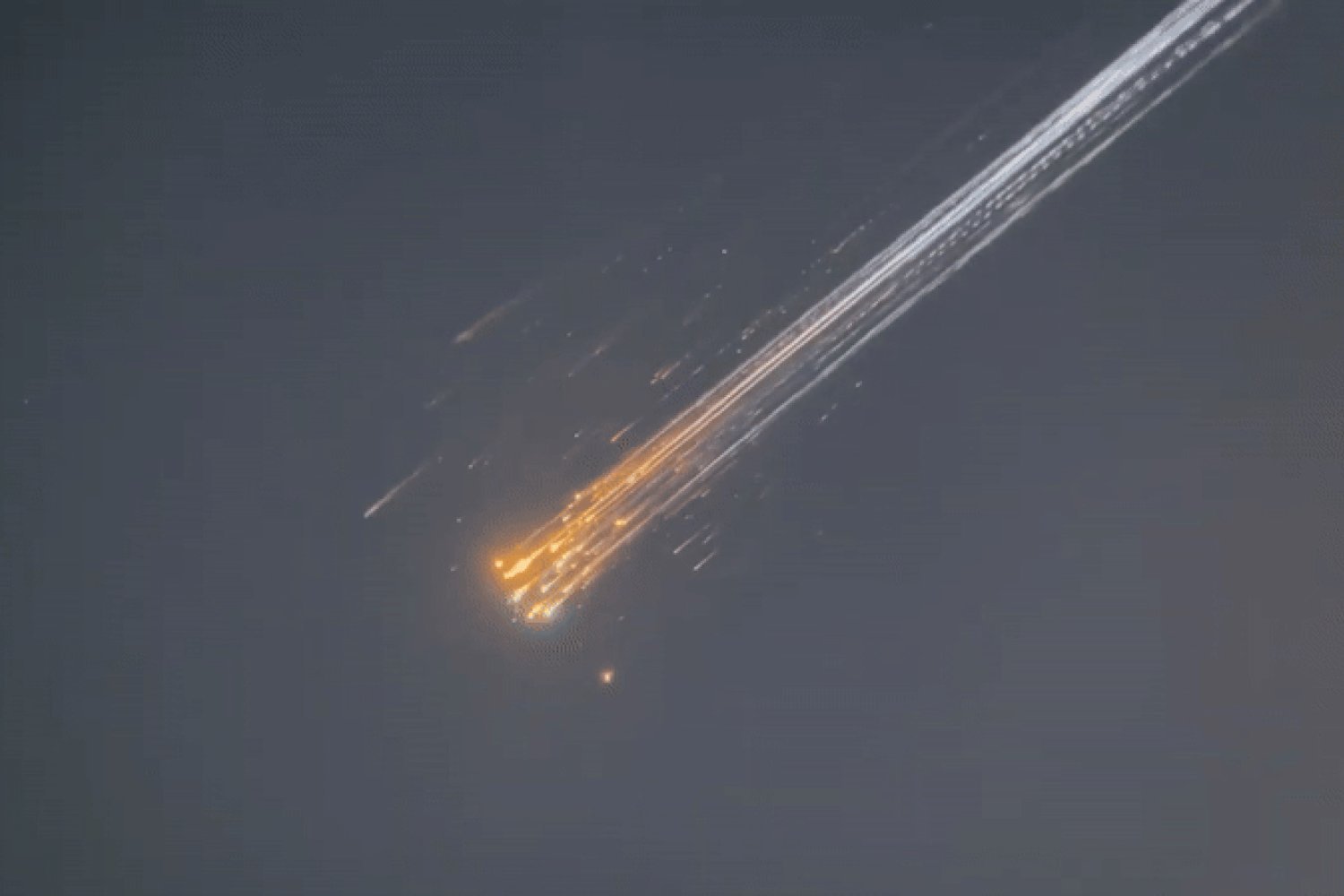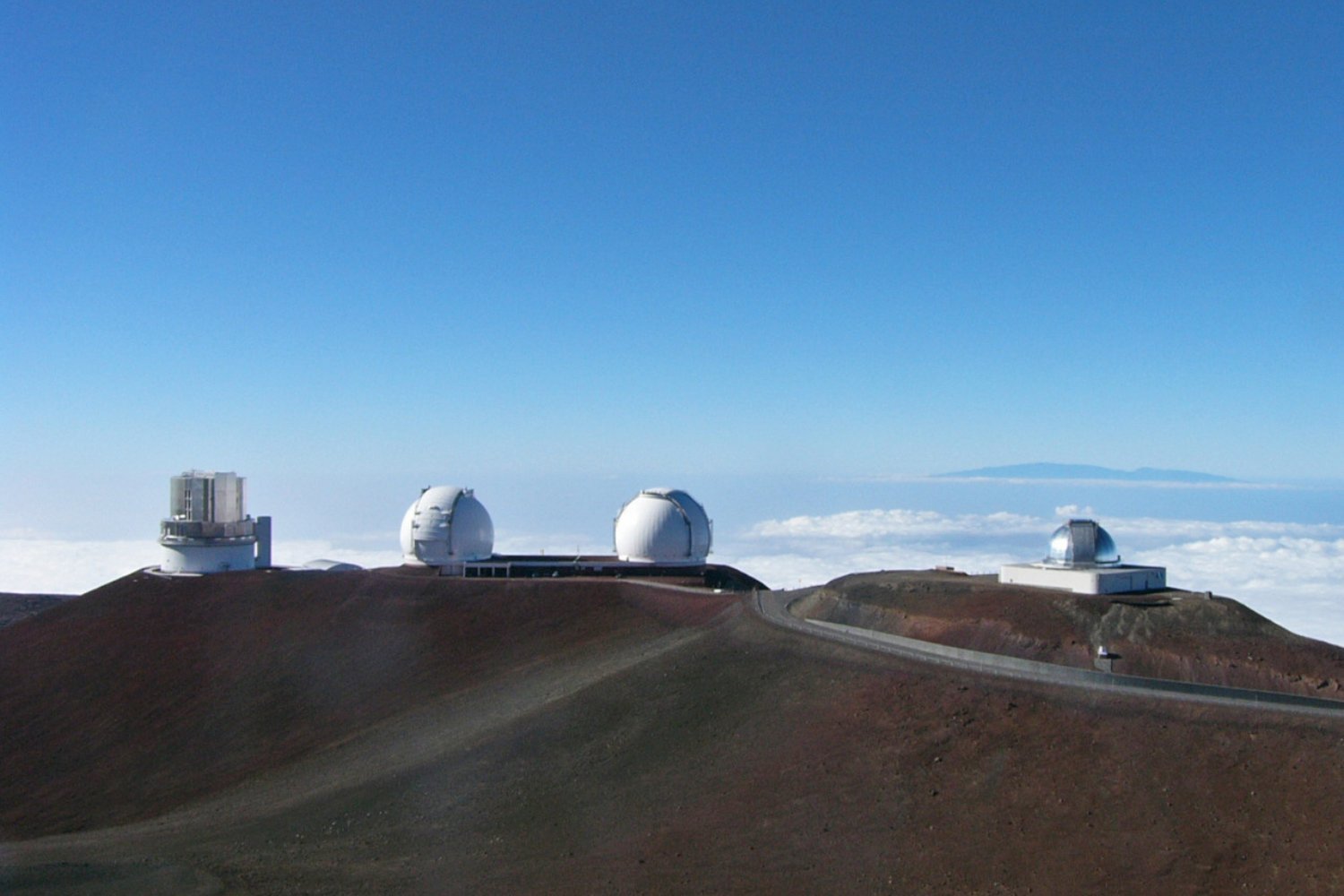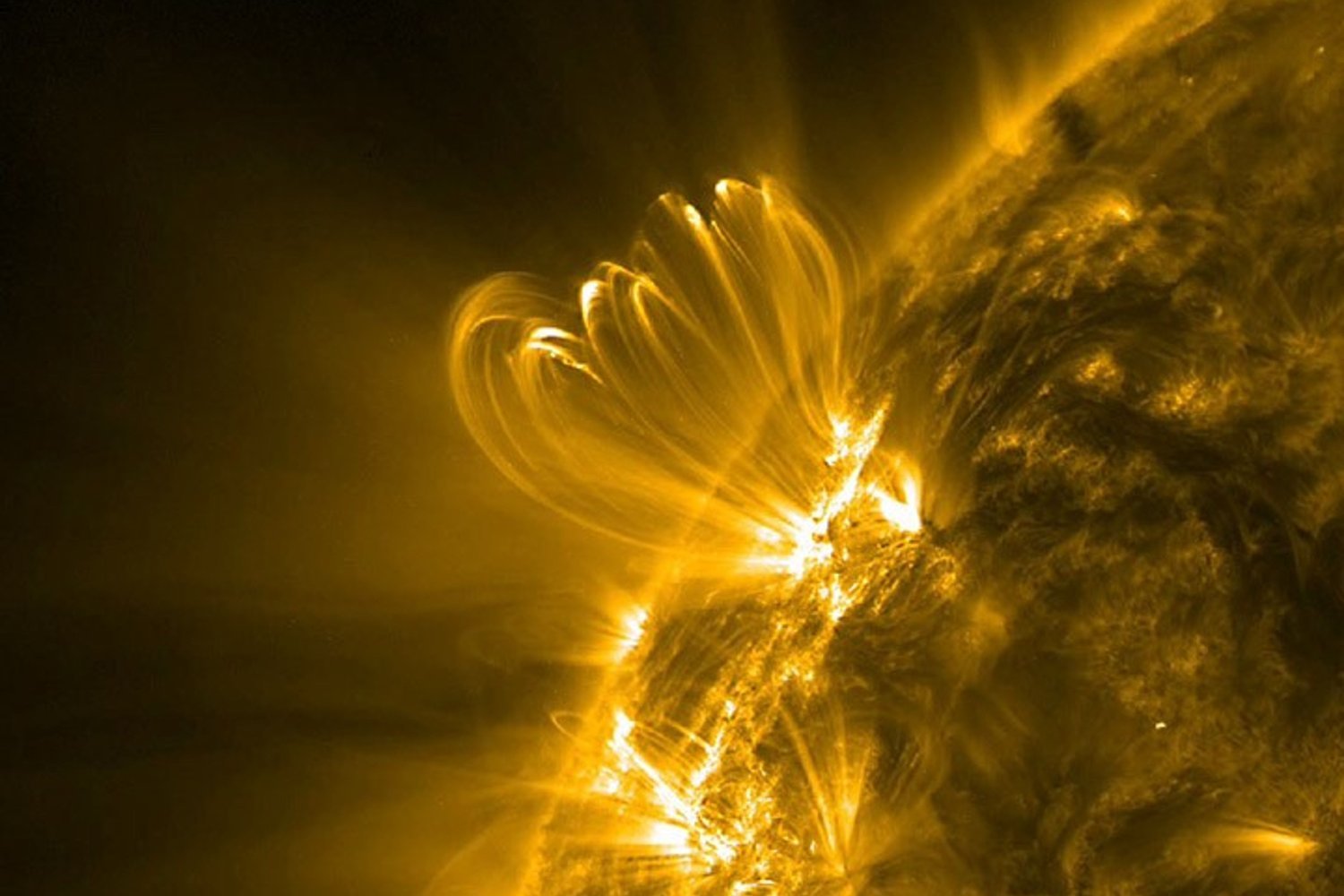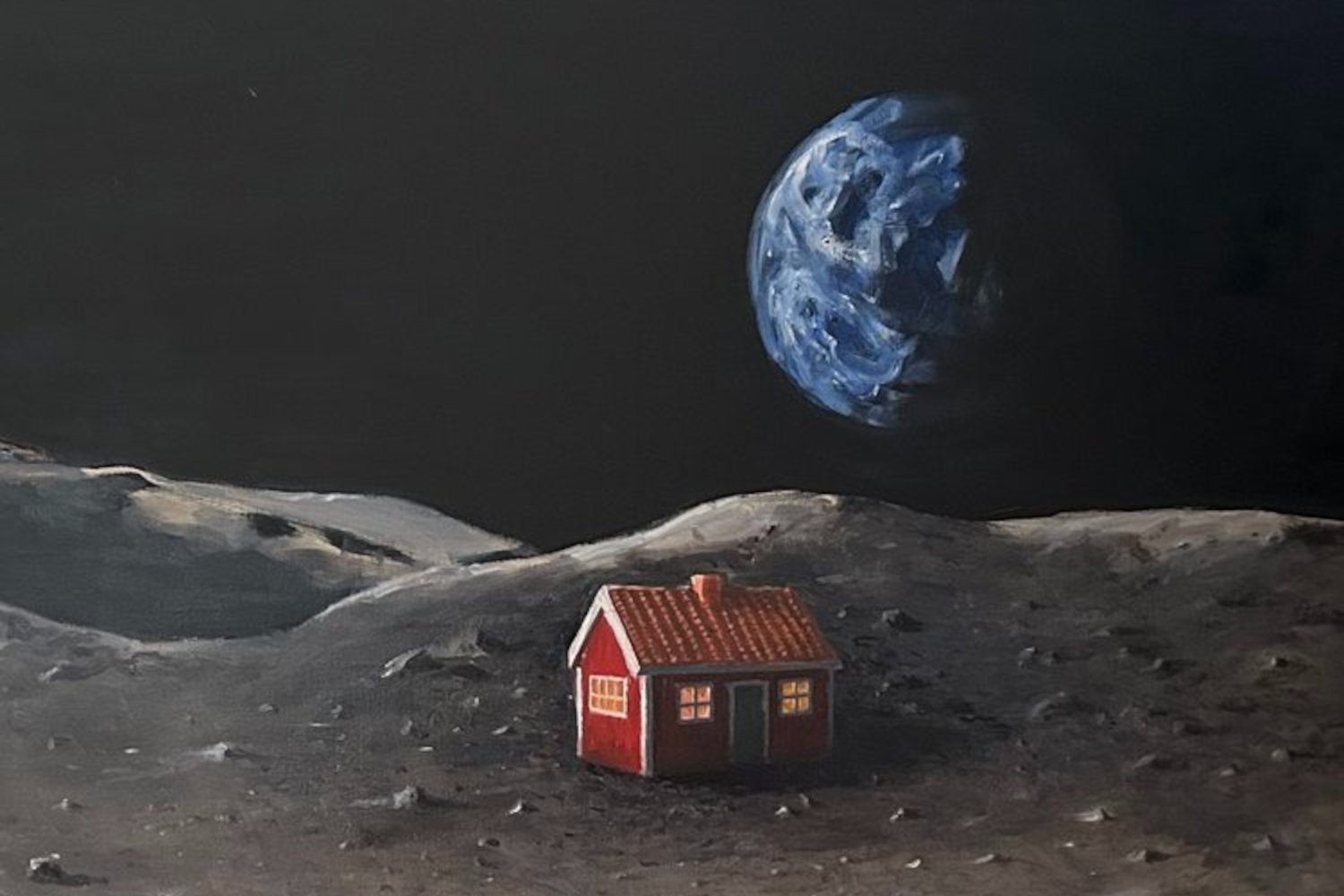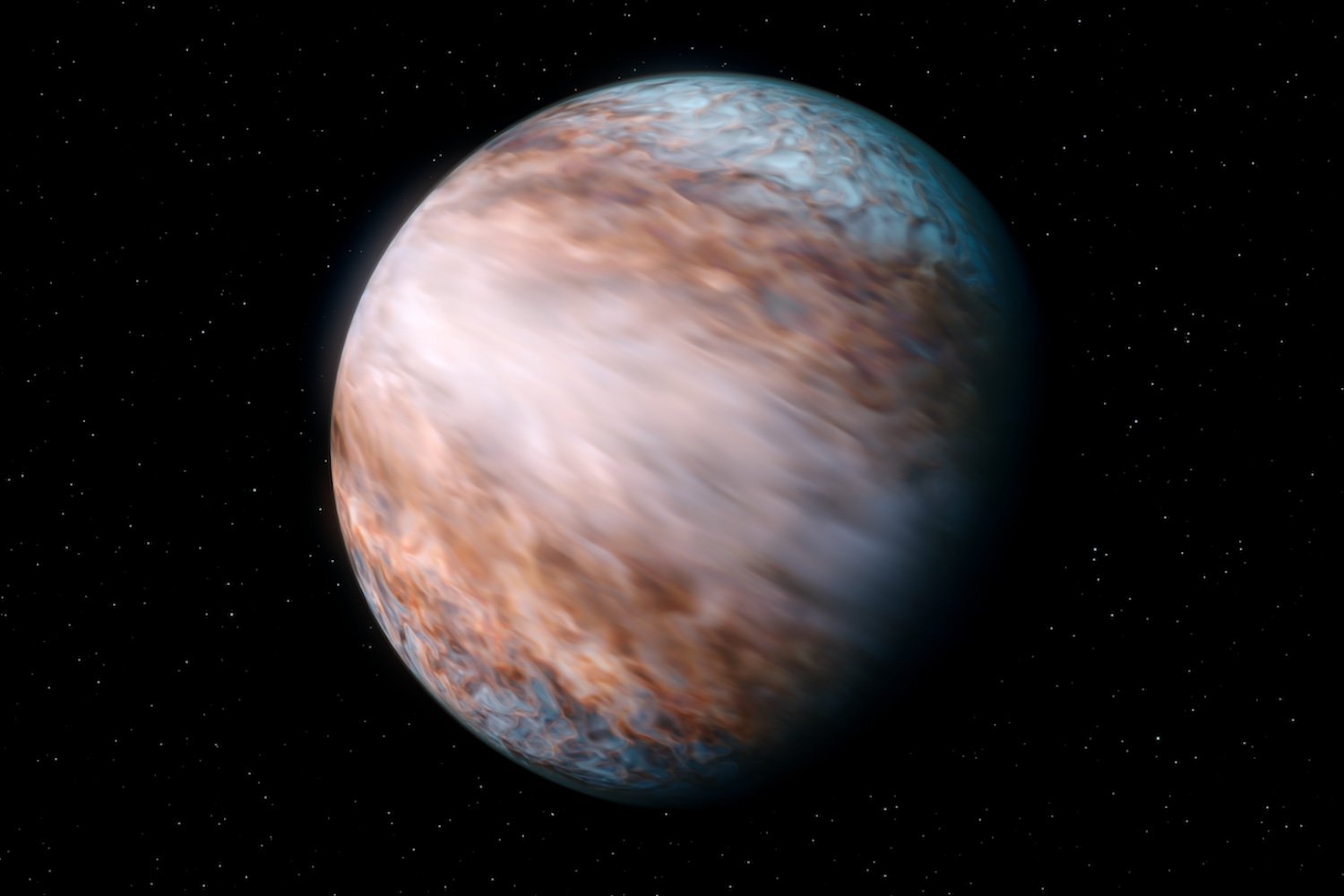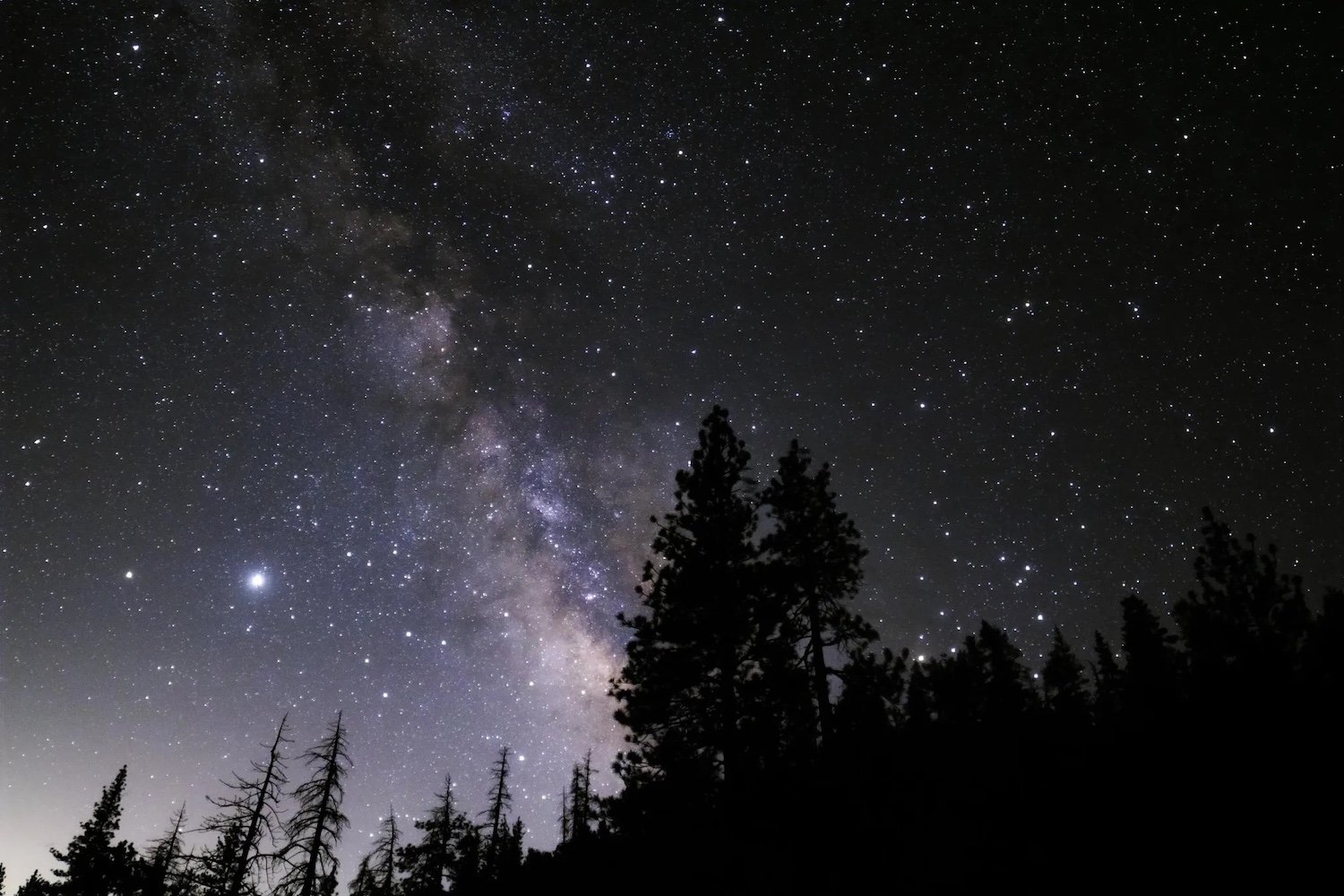The Moon, a celestial body synonymous with human ambition and scientific achievement, has been unexpectedly added to the World Monuments Fund’s (WMF) 2025 World Monuments Watch. This marks the first time a site beyond Earth has been included, highlighting the growing concern for preserving humanity’s extraterrestrial legacy. Selected from over 200 nominations, the Moon joins 24 other terrestrial sites facing various threats, emphasizing the diverse challenges to cultural heritage preservation worldwide.
The Urgent Need for Lunar Heritage Protection
The WMF’s decision underscores the urgent need to protect the artifacts and landing sites that represent humanity’s first ventures beyond Earth. These remnants, including the equipment left behind by Apollo missions and even the astronauts’ footprints, are tangible links to a pivotal moment in human history. As Bénédicte de Montlaur, WMF’s president and CEO, explains, these objects are “emblematic of this legacy.” However, they face increasing risks from the escalating pace of lunar activities, often undertaken without adequate preservation protocols.
With over 90 historic sites scattered across the lunar surface, the Moon bears witness to decades of space exploration. The iconic footprints of the Apollo 11 astronauts, a symbol of human ingenuity and exploration, are just one example of the irreplaceable heritage at risk. As we enter a new era of lunar exploration, the WMF emphasizes the need for international agreements and protective measures to safeguard these sites for future generations.
A New Space Age and its Implications
The renewed focus on lunar exploration, including NASA’s Artemis mission and various private ventures, presents both opportunities and challenges. While these missions hold the promise of scientific discovery and resource utilization, they also pose a threat to the Moon’s delicate historical landscape. The increasing presence of human activity, from scientific research to potential tourism and resource extraction, necessitates careful consideration of preservation strategies.
The absence of natural erosive forces like wind and water has preserved the lunar surface remarkably well. However, human activity poses a different kind of threat. The WMF warns of potential damage from “exploitative visitation, souveniring, and looting,” emphasizing the need for proactive measures to prevent the loss or degradation of these unique historical artifacts.
A Shared Responsibility for Lunar Heritage
The inclusion of the Moon on the World Monuments Watch 2025 serves as a call to action, urging international collaboration and a broader public conversation about the future of lunar heritage. It highlights the shared responsibility for protecting these extraordinary sites, ensuring that the legacy of human exploration is preserved for generations to come.
Other Endangered Sites on the 2025 Watch
Beyond the Moon, the 2025 Watch list encompasses a diverse range of sites facing threats from conflict, natural disasters, climate change, and human activity. These include:
- Antakya (ancient Antioch), Turkey, devastated by earthquakes.
- Gaza’s historic urban fabric, impacted by ongoing conflict.
- Africa’s Swahili Coast and Maine’s historic lighthouses, threatened by climate change.
The complete list of 25 sites can be found on the WMF website. The inclusion of these diverse locations underscores the wide-ranging threats to cultural heritage and the ongoing need for preservation efforts worldwide.



